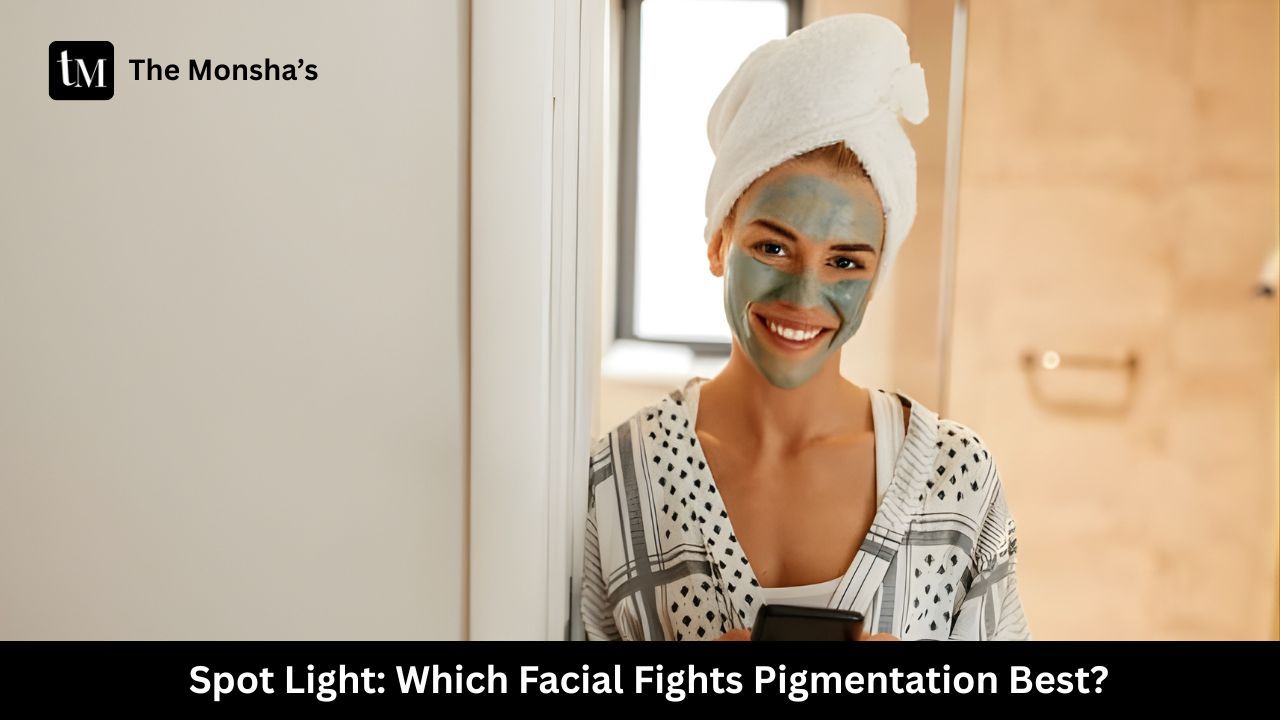
“Daag ache hote hain” works for detergent ads, not when you’re staring at your own face in the mirror wondering why that acne mark is hanging around rent-free. 😅 Pigmentation is stubborn — whether it’s melasma, sunspots, or post-acne marks — and if you’ve tried every cream under the sun, you know half of them don’t work. Facials, though, can actually help… if you pick the right one. Let’s talk real talk: which facial is worth your money and which one is just another “glow for two hours, back to square one” situation.
Facials like chemical peels, hydradermabrasion, microneedling, and laser treatments are the real contenders against pigmentation. The “best” one depends on your skin type, how deep your pigmentation goes, and whether you’re okay with downtime. And no matter what you pick — sunscreen is your BFF.
Pigmentation is just your skin making too much melanin in random spots. It shows up as dark patches, freckles, or uneven tone. Causes? Sun, acne, hormones, or sometimes just bad luck. For some, it’s faint little patches; for others, it’s full-on melasma that refuses to leave. Darker skin tones (Indian, South Asian, etc.) often struggle more, because the deeper melanin makes pigmentation trickier to treat without side effects.
If you’re oily, you might handle stronger exfoliation (like peels). Sensitive skin? Better to go for gentler options. And if your skin tone is medium to dark, lasers have to be used super carefully or they can make things worse.
Surface-level spots respond quickly to mild facials. But if your pigmentation is deep (like melasma), you’ll need advanced facials or combinations.
Some facials mean redness and peeling for days (peels, microneedling). Others are “back-to-work-tomorrow” types like hydradermabrasion. Price tags vary — laser is the priciest, basic peels the most affordable.
Already on retinol or strong acids? Aggressive facials may irritate your skin. You have to balance.
Acid-based facials (glycolic, lactic, mandelic) that shed dead skin, push out pigment, and reveal fresh skin. Good for sunspots and lighter marks.
Lasers break down pigment under the skin. They work, but only in skilled hands. IPL suits lighter tones, Q-switch is more precise.
Tiny needles create micro-channels, letting brightening serums dive deeper. Great for acne scars + pigmentation. Takes time, but results last.
A gentler option. Think exfoliation + infusion. It clears away dead skin while pushing antioxidants and hydration in. Leaves you glowy without much downtime.
Red/green light facials help calm skin and slowly fade pigment. Works better as an add-on than a main treatment.


👉 General rule: the deeper or darker the pigmentation, the more advanced the facial needs to be. But always under pro guidance.
Derms agree: combination treatments often beat single facials. For example, a mild peel plus microneedling gives better pigment fading than either alone. But here’s the flip side: go too aggressive and you can trigger more pigmentation (especially for darker Indian skin). So it’s not about chasing the “strongest” option — it’s about the right match for your skin.
Nope. You’ll need multiple sessions.
Depends. Peels are gentler and cheaper, lasers are faster but riskier for darker tones.
Yes, if overdone or done unprofessionally.
Mild pigmentation can fade in 2–3 sessions. Deeper pigmentation needs months.
They may give a glow but won’t touch stubborn pigmentation.
There’s no magic one-size-fits-all here. If your pigmentation is mild, a peel or hydradermabrasion might do the job. If it’s stubborn, you may need microneedling or lasers. The smartest move? Match the facial to your skin type, stay consistent, and never skip sunscreen. Bas phir toh “mirror bhi kahega — daag gaye, glow aaya!” ✨